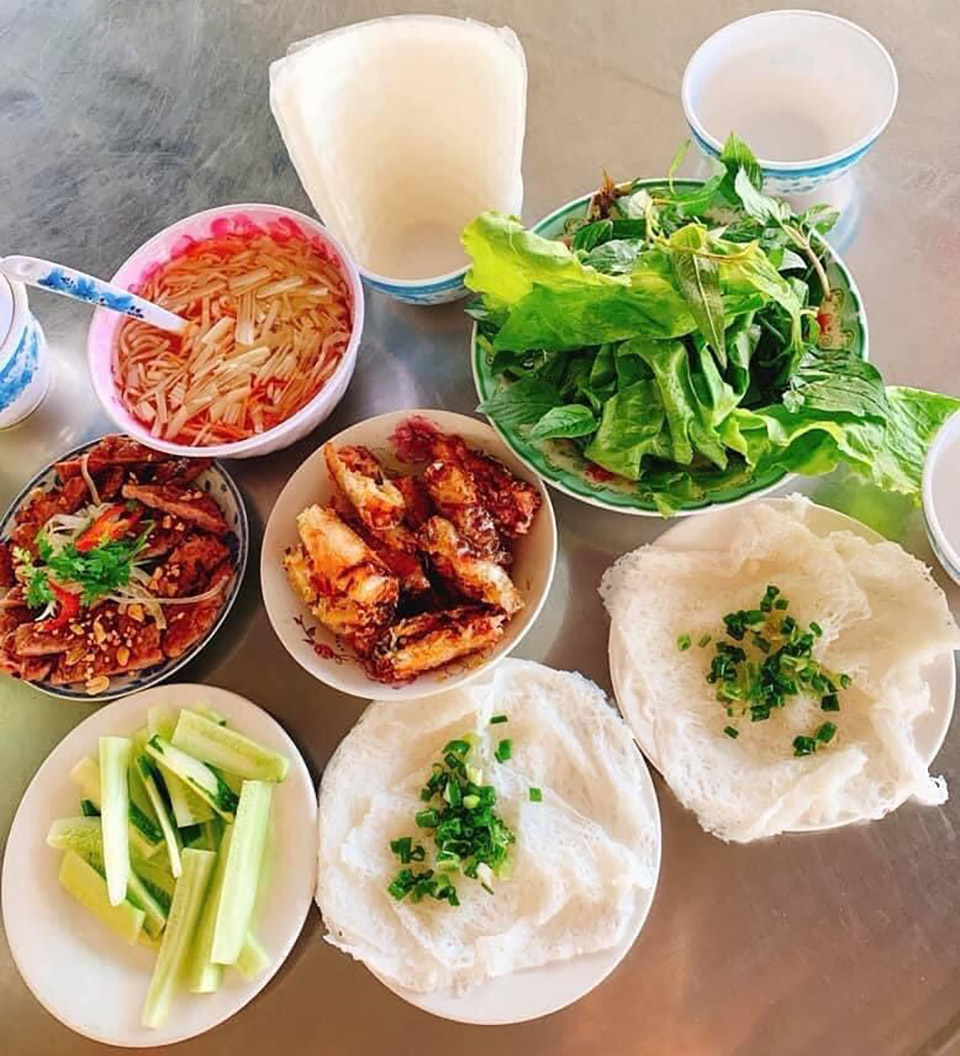The traditional crafts of making banh hoi (thin rice vermicelli sheets) in An Nhut Village and rice paper in An Ngai Village, formerly part of Ba Ria-Vung Tau Province and now incorporated into HCMC, have been officially recognized as the National Intangible Cultural Heritage.
The craft of making banh hoi dates back to the late 17th or early 18th century. Over time, it developed into a recognized traditional craft village. An Nhut’s banh hoi is celebrated for its distinctive techniques and recipes, which have been passed down through generations, preserving its unique flavor for over 60 years.
The traditional rice paper craft in An Ngai has nearly a 100-year history. Passed down through generations within a family-based, handcrafted tradition, this trade was recognized as a traditional occupation in 2013.
Today, the An Ngai rice paper village has over 130 households that produce different types of rice paper, including those used for spring rolls in various sizes, chili-infused rice paper, grilled rice crackers, and banana-flavored rice paper.
Both craft villages continue to operate using traditional manual methods while gradually incorporating modern technologies to boost efficiency and meet market demands. Their inclusion in the National Intangible Cultural Heritage highlights the efforts of local communities to preserve and promote their ancestral crafts, ensuring they remain an essential part of the region’s cultural heritage.
By gaining national recognition, An Nhut and An Ngai villages are likely to gain greater visibility, which could boost local pride and income through sustainable craft production and tourism. This designation also plays an important role in passing down the knowledge and skills of these traditional trades to future generations.









